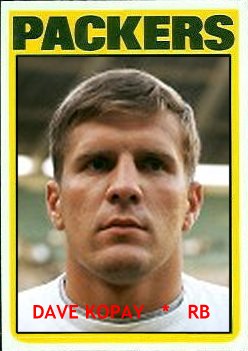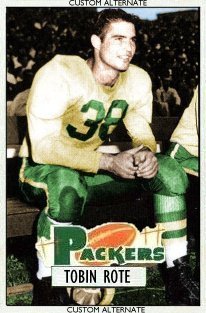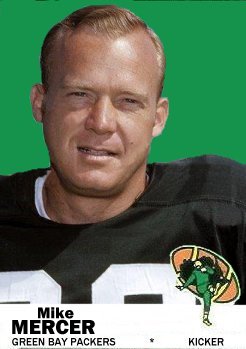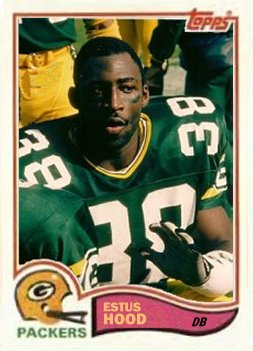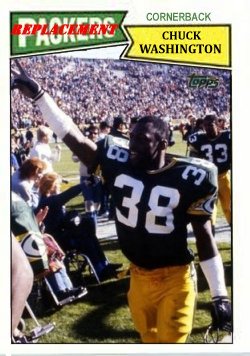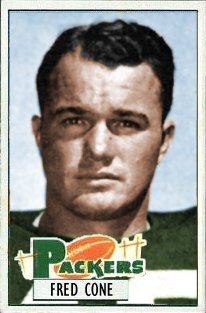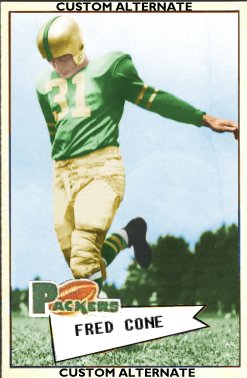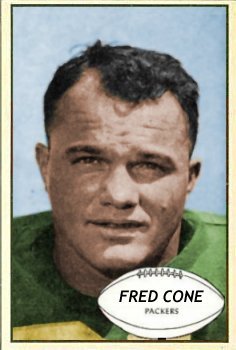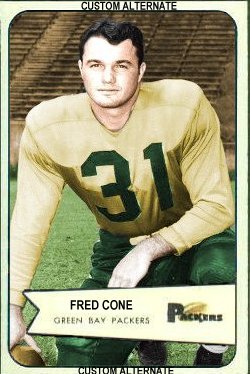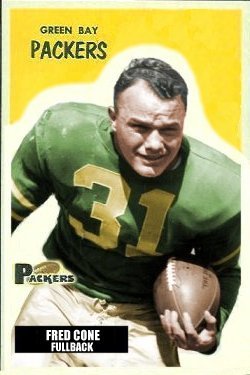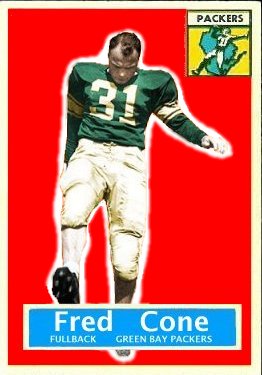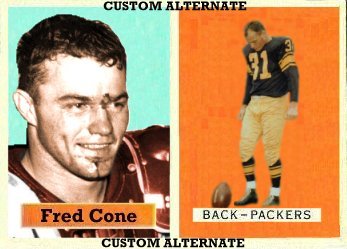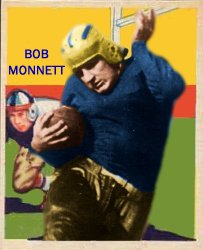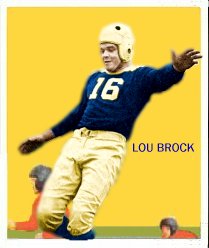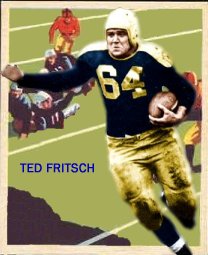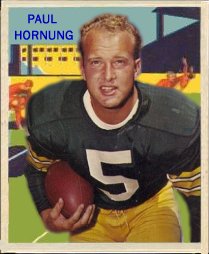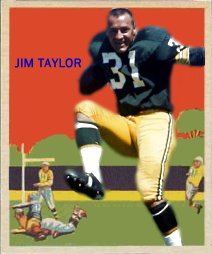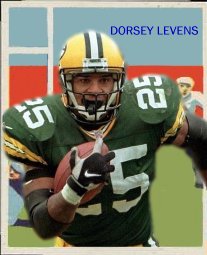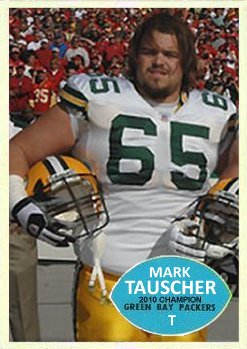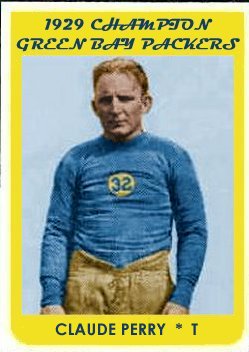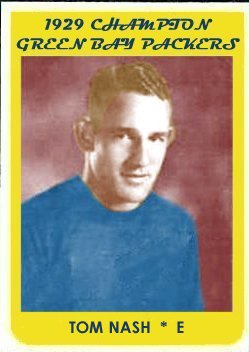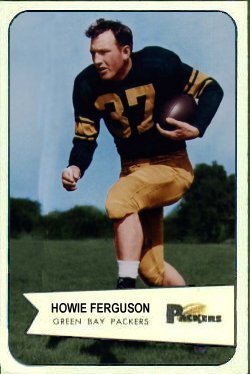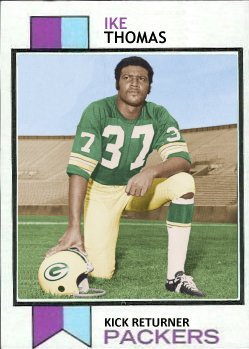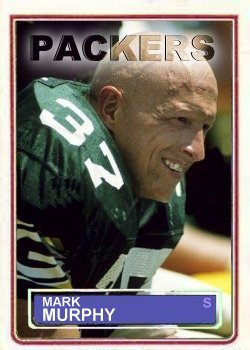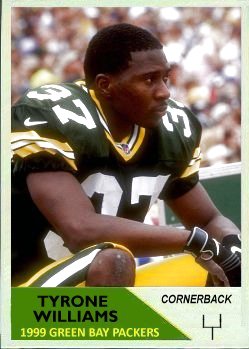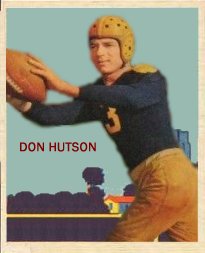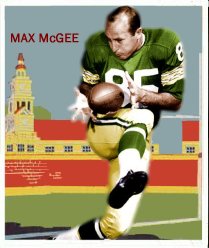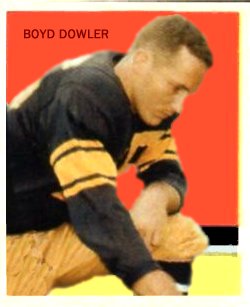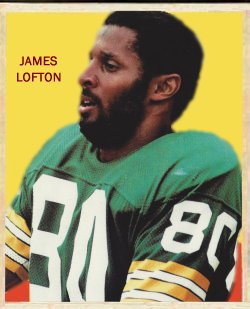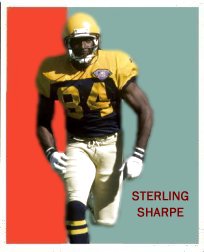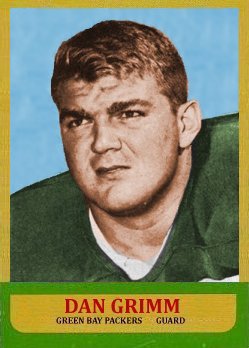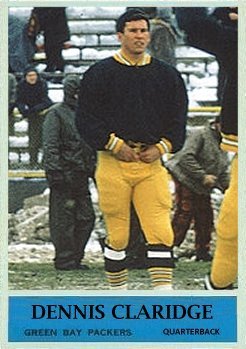Speaking before a group of football researchers in 2013, Hall of Fame linebacker Dave Robinson asserted that he played against the greatest tight end in history, but it wasn’t Mike Ditka or John Mackey. Instead, it was teammate Ron Kramer every day in practice. Kramer is largely forgotten in NFL history, but in the 1960s he was seen as the forerunner of an evolving position, the tight end. As Ron told Bud Lea in 1963, “You can call me a tackle who has to catch passes. My job is twofold: making blocks and catching passes.”
Listed at 235 pounds, Ron played closer to 250, and there had never been a receiver as big and athletic before. At Michigan, where Kramer was a two-time All-American in football, he also was the 6’3” starting center on the basketball team. When he graduated from Ann Arbor as the Wolverines’ all-time leading basketball scorer, he was a fifth round draft pick of the NBA’s Detroit Pistons. In football, Kramer was drafted fourth overall by Green Bay in the 1957 draft, and personnel director Jack Vainisi reported, “He’ll be Green Bay’s right halfback or slot-back as we call it – to make use of his pass catching, blocking and ball-carrying ability.” When Kramer signed months later, Coach Lisle Blackbourn said, “”I intend to use Kramer at right end. Billy Howton will be shifted to slotback. That way we can make use of Kramer’s blocking ability as well as his pass catching.”
Kramer had a solid rookie year, but tore knee ligaments in the season’s penultimate game. However, he missed no time due to the injury because he spent 1958 fulfilling a military obligation. Kramer returned to the Packers one week before the 1959 season, not in football shape, and was relegated to the kicking teams by new coach Vince Lombardi. Kramer continued in a backup role in 1960, catching just four passes all year.
Kramer finally got serious in 1961 and almost immediately became an All-Pro. Not only was he outstanding in sealing off the end of the line on Lombardi’s power sweep, but he also was a dependable receiver in the middle of the field, catching 32-37 passes each year for the next four years. He proved just how unstoppable he could be in the 1961 title game against the Giants when he caught four passes for 80 yards and two touchdowns. Lombardi said at the time, “Having Ron Kramer on the team is like having a 12th man,” referring to him being able to both block like a tackle and average over 16 yards per catch downfield. Bears’ coach George Halas said in admiration of Kramer, “You’ve got to have someone who can block and is big and can catch the ball no matter if he is hit or has somebody hanging all over him. Kramer could do that. He was a natural for the job. And he was mean. He liked to knock people down. He liked contact.” Frustrated by trying to defense Kramer, Vikings coach Norm Van Brocklin dubbed him the “Big Oaf” to the delight of Ron’s Packer teammates.
At the pinnacle of his career, though, Kramer played out his option and requested a trade to the Lions because he had some problems in his family and needed to be closer to home. Lombardi went along with the receiver and in return received a 1966 number one draft pick that he used on Jim Grabowski. Things did not go very well for Ron in Detroit. He did not fit in with what Coach Harry Gilmer wanted to do on offense and primarily backed up starter Jim Gibbons, who was more of a receiver than blocker. Three years later, Kramer was released.
Kramer was a dominant figure in the NFL, but for too brief a time to ever draw Hall of Fame consideration. His performance in the dual roles of blocking and receiving, though, were critical in the evolution of the tight end position. He would have been 83 today.
(Adapted from Green Bay Gold.)
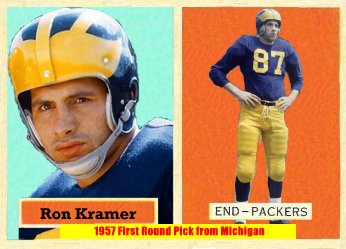



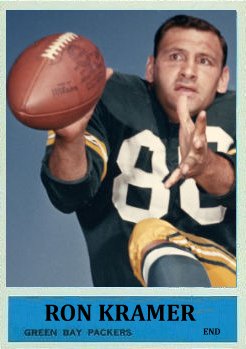
1957 Packer Kramer custom card is colorized.
